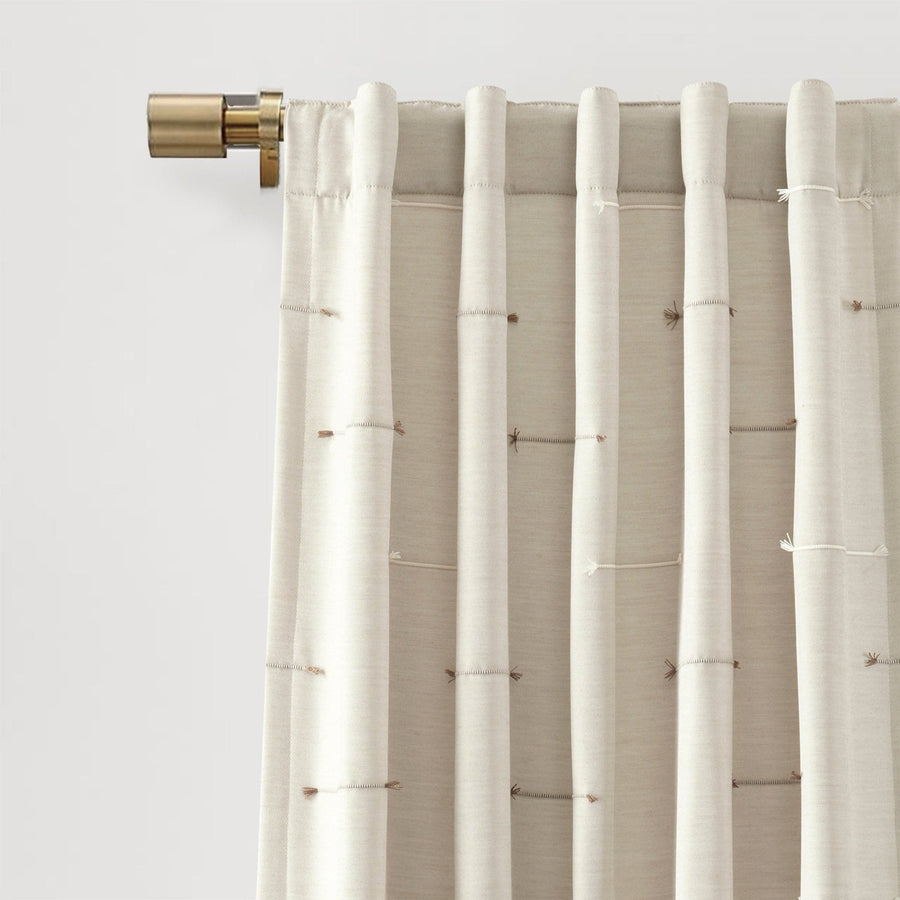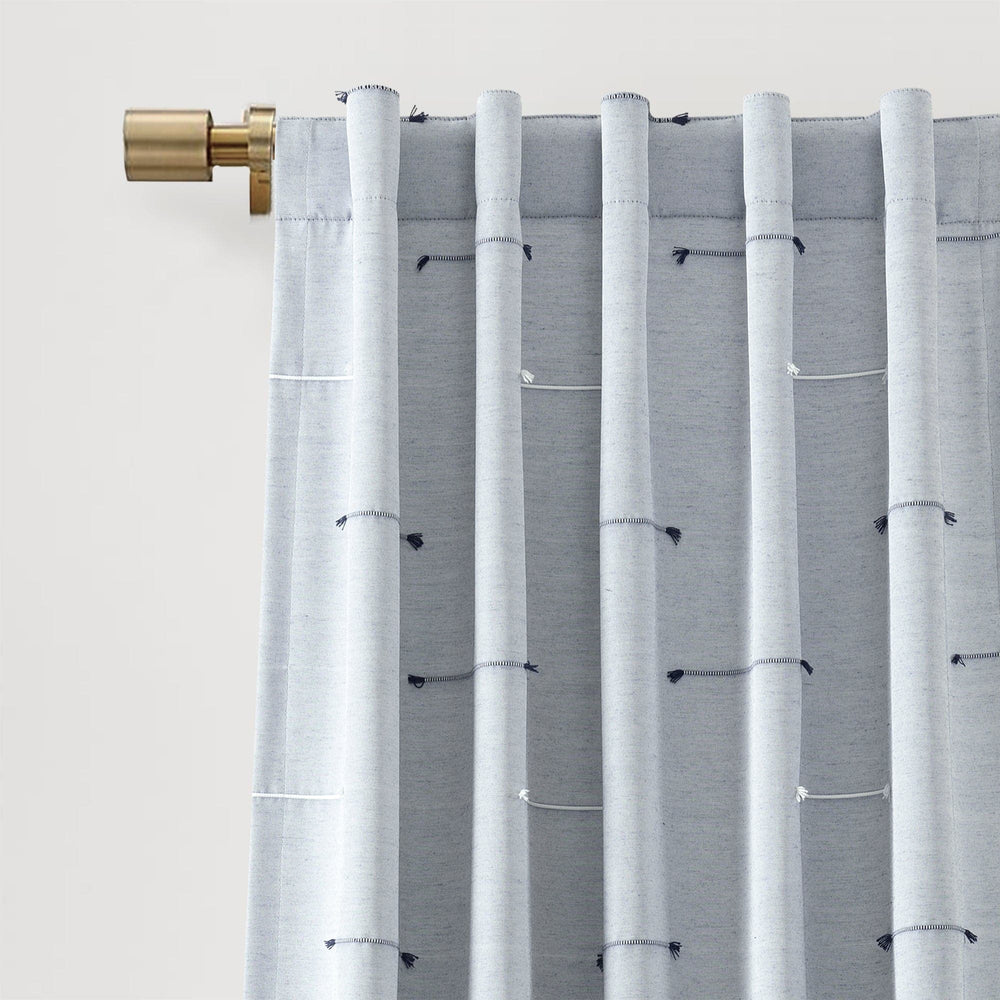Guest Blog:
Home Improvement on a Tight Budget: How to Stretch Your Dollars
Upgrading your home can enhance your lifestyle, make your living space flaunt-worthy, and add value to your property. Not surprisingly, the home improvement market in the US has witnessed significant growth during the last few years, even through the pandemic crisis.
Statistics show that Americans spent $363 billion on residential repairs, renovations, and improvements in 2020. In 2021, the spending increased by 11.8%, touching a massive $406 billion. The following year witnessed a growth of 4.4%, with homeowners' spending rising to $472 billion. These numbers show that the investment never slowed down when the country was amid an economic slowdown.

However, a recent report has predicted a drop of 5.9% for the first half of 2024 due to factors such as high interest rates, sluggish home sales, and softening house price appreciation. Moreover, not everyone can set aside thousands of dollars annually to upgrade their properties.
Does it mean you should miss out on the renovations and upgrades to create a dream living space? Fortunately, there are ways to get the best of both worlds. In this article, we will share a few secrets to stretching your dollars for home improvement on a tight budget.
Start With a Realistic Budget
According to a recent survey, the home improvement spending per American household was $9,542 in 2023. On average, American homeowners invested in 2.8 improvement projects during the year. While the numbers appear clear on paper, things easily go out of control in reality. Most people end up spending far more than they can afford, only because they begin without a budget.
The best piece of advice is to create a realistic budget according to your needs and spending capacity from the outset. You can even create a home improvement fund and plan the timelines for the project to ensure you have enough set aside for it. Budgeting limits the stress and prevents impulsive decisions during the project, no matter how tempting upgrades appear.
Prioritize Essential Repairs
Being on a tight budget means you cannot do everything at the same time. If you try doing so, you will surely deplete your budget sooner rather than later. At this stage, setting priorities is the best approach. Prepare a checklist of the repairs and enhancements you have in mind. Before diving into aesthetic upgrades, focus on essential repairs to maintain the structural integrity of your property.
For example, damaged roofing, leaky faucets, and faulty wiring should take precedence over landscaping improvements and decor swaps. Neglecting the essentials can lead to more significant issues and expensive repairs. Conversely, tackling them first will save you money in the long run and create a solid foundation for future projects.

Seek Easy Payment Options
Easy payment options and financing solutions can be your saviors to bear the financial burden of home improvement projects. Let us consider roofing repairs and replacement for instance. Forbes notes that the cost of roof repairs can range between $150 and $7,000. A replacement project for an average-sized home is $11,500, or it ranges between $6,700 and $80,000.
Shelling out such hefty sums might seem impossible for homeowners on a tight budget, but roof financing can be an ideal solution. Reputable contractors often have easy payment plans to support clients seeking services without a big upfront investment. You can utilize these plans to enhance your house without worrying about the expense.
According to Peak Builders & Roofers of San Diego, homeowners should look for personalized payment plans matching their needs and expectations. With these plans, it is possible to spread the cost over several months to make the project affordable. Consider using low-interest credit cards for purchases. You can also shop and compare rates before sealing a deal.
Look for Budget-Friendly Materials and Alternatives
Besides comparing the rates of materials and services, homeowners can seek cost-effective alternatives to achieve stylish upgrades without compromising quality. For instance, laminate flooring costs far less than hardwood yet looks equally appealing. Likewise, budget-friendly paint options provide a fresh and vibrant appearance without burning a hole in your wallet.
Research the internet for quality options that cost a fraction of the original materials. You may find several alternatives with a little effort. Additionally, your contractor can be a good source of guidance when it comes to finding low-cost alternatives. You can also seek recommendations from other homeowners investing in similar projects.
Explore stores and online marketplaces for affordable furniture and décor. Repurposing and upcycling old items can add a unique touch to your living space at minimal cost. Pick DIY projects where possible, such as swapping furniture pieces in your rooms, redesigning your outdoor space, and creating an accent wall with a picture gallery. A little creativity can take you a long way in enhancing your home.

Opt for Energy-Efficient Upgrades
Energy efficiency is a concern for homeowners due to the rising costs. The US Energy Information Administration notes that the average monthly for residential customers rose from $121 a month to $137, marking a 13% increase from 2021 to 2022. After adjusting for inflation, electricity bills increased 5%.
Energy-efficient upgrades such as switching to LED bulbs and installing smart thermostats may appear counterintuitive when on a tight budget. However, these improvements often pay off in the long term. You make significant energy savings over time and get the advantage of a sustainable living space. You can even explore government incentives or rebates to offset the initial costs of these upgrades.
In conclusion, the cost of home improvement should not be a hindrance for homeowners seeking a better lifestyle with visual aesthetics and functional enhancements. You can consider these tips to implement the project according to your spending capacity.
Adopting a phased approach and strategic planning can help you achieve your home upgrade goals on a small budget. Stick to your plan and steer clear of impulsive decisions. Also, avoid attempting an overhaul for your entire home at once. Break down your projects into manageable milestones to stretch your dollars and recreate the living space of your dreams.
About The Author:
|
|
Nikki has about 15 years experience in digital marketing, health and business writing. Connecting to people, travelling and sharing thoughts are something she would love to do. |








Leave a comment